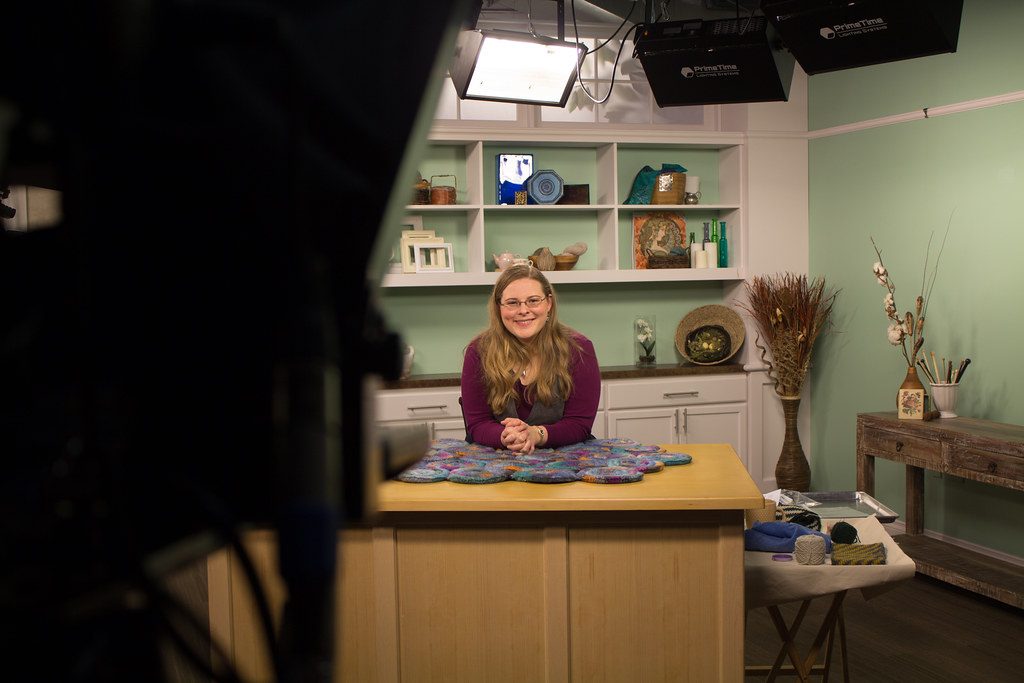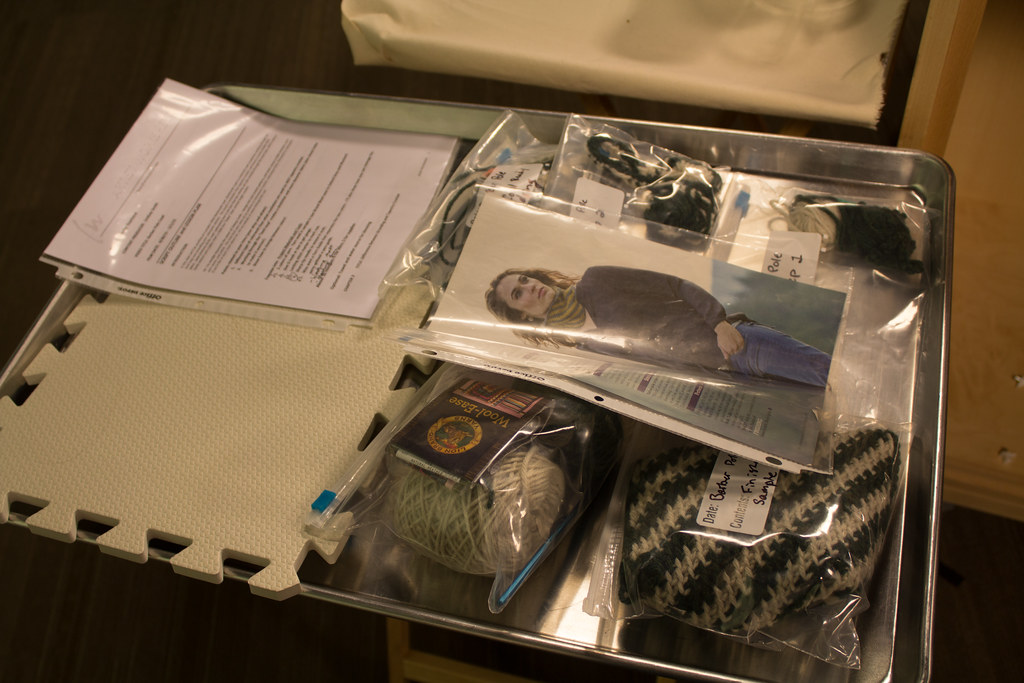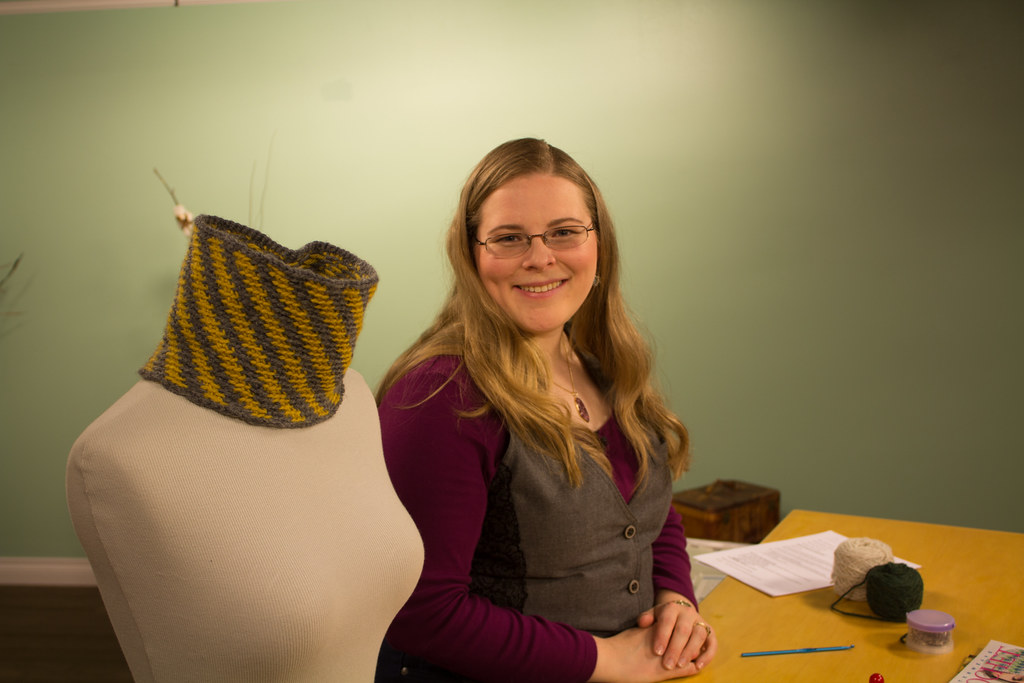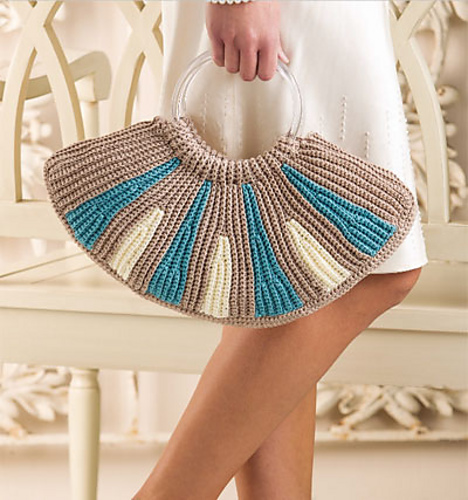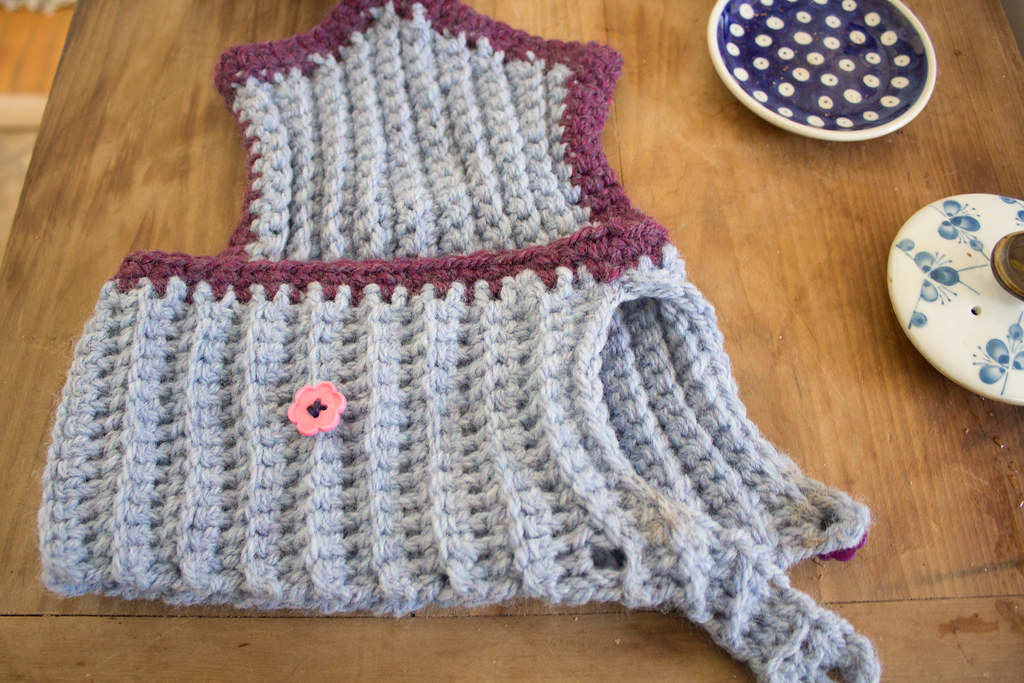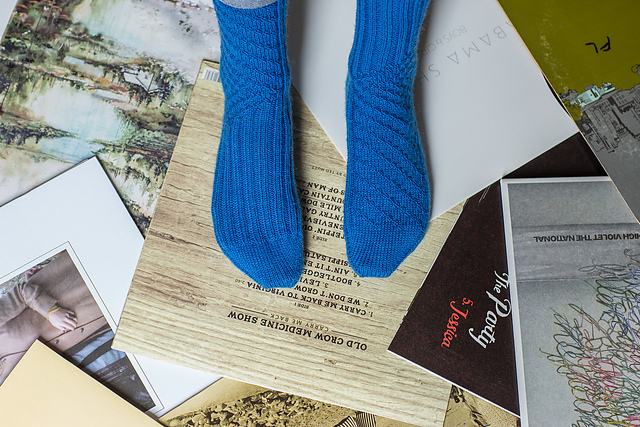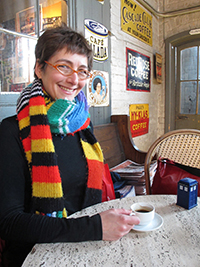After threatening rain all day, it’s finally started. This Monday’s been a slow one, as I’m getting my momentum moving after a week of being a little slow and lazy.
I’ve spoken before about how I’ve been going, going, going since January, and this last week I finally took a break. Oh, I didn’t stop working, but I went nearly a week with only doing a minimum of crocheting or knitting. It was necessary on a few different levels; creatively and physically I needed a break.
So I’ve been trying to tidy up the mess that has become our home, as I’m slowly sucking in the clutter that has taken over… well, any space that Mr. Turtle would let me. It’s not done by a long shot, but I’ve been given a deadline: put it away before TNNA, or it won’t be there when I come back. *grins* I think it’s more than fair.
I’ve also been working with Cultivar Designs on the new website. Two weeks ago I was feeling very grim about the project: it felt like I’d been having meeting after meeting with the Cultivar team, and nothing was showing for the work. Now, that has nothing to do with Cultivar, and everything to do with my mood two weeks ago. Now, this last week I got to the the beginnings of the developed site (dev site), and I can finally see where this whole project is going.
I’ve also been working on the garden this spring.
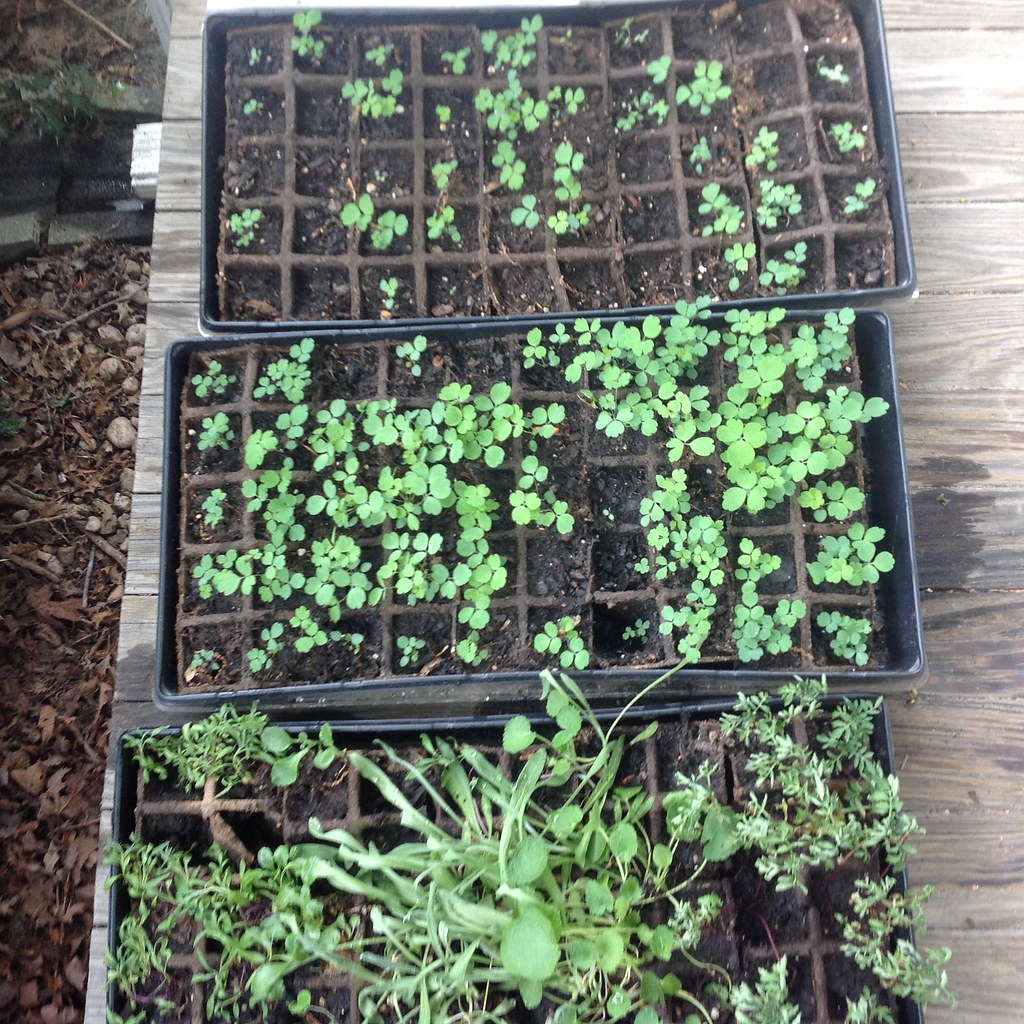 |
| Columbine Seedlings, along with some other fun plants. |
(You remember the garden? The woefully neglected one? And then my knitting friends gave me plants, and I moved things around, and it was a little better, but then then weeds took over?)
Well, a lot has happened since then. I may have lost my head at one time and bought 150 bulbs from Costco. And then I started about 50 Columbine plants from seed… because I could, and I was worried that they wouldn’t grow.
In order to facilitate getting the plants in the ground, Mr. Turtle and I had a “garden party” which involved getting our friends over, bullying them into helping get vegetable plants in the ground and the garden mulched, feeding everyone cookout food, and then sending them home with their own seedlings to plant. It worked out rather well, and the veggie garden is coming along a lot nicer than last year, already.
 |
| The peas in particular are pretty happy. |
I’m trying out sheet mulching – a method for reducing weeds in garden beds that have been long neglected (which could easily describe the gardens at the house we’re renting). I’ve been putting down cardboard and then putting down wood mulch on top. Since we’re on a budget, the wood mulch is coming from the local dump. The locals I’ve talked to have different opinions on the much. Some say that it’s pretty “dirty and seedy” – in that the much is made of a lot of different types of wood, and sometimes contains plastic and other bits. Others said that if you dig into the pile (where the much heats up), you can get much that’s less contaminated. We’re going to give it a try, seeing as I don’t think it can be very much worse than what I’ve got already.
 |
| This would be the flower bed last year (you can orient by that purple flower in the middle) |
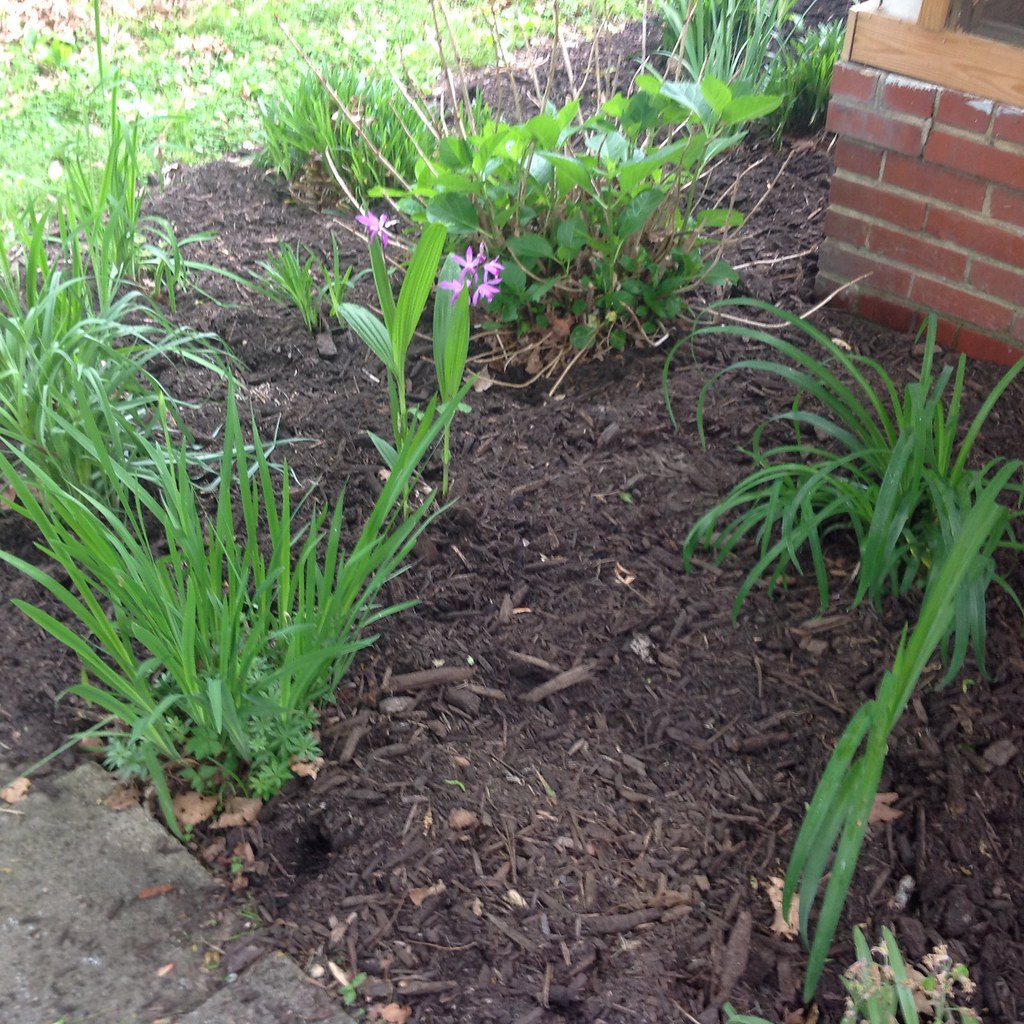 |
| And this would be the same bed, with the same purple flower, this year, looking more happy. |
Unfortunately, even with all the cardboard I saved up over the winter, I’m running out. But… again, knitters come to the rescue – a call out to my knitting friends, and I’ve been picking up and finding cardboard on my front porch all weekend. Two more trips, I think, and things will be good.
What have you been working on, outside of stitching?

